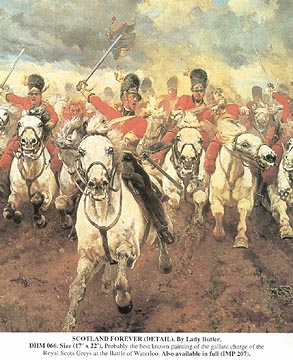Santa’s Wit
Edmund Gwenn, actor, died on September 6, 1959.
When asked if he thought dying was tough, Gwenn reportedly said,
“Yes, it’s tough, but not as tough as doing comedy.”
This may or may not be true; if it is, Gwenn may be the true source of a quotation variously attributed to Edmund Kean, Edwin Booth, David Garrick, Donald Wolfit, William Holden, and Groucho Marx, Marcel Marceau, Noel Coward, and Oscar Wilde:
“Dying is easy. Comedy is hard.”
A very dubious version of the Gwenn story attributes the “comedy is hard” part to Jack Lemmon:
The lesson is best illustrated in a story involving Jack Lemmon, whose best work was in comedy. He visited the British actor Edmund Gwenn, suffering in a hospital. Gwenn is said to have lifted the flap on the oxygen tent and said, ”It’s really tough to die.” And Lemmon responded, ”It’s not as tough as doing comedy.”
— Elvis Mitchell in The New York Times Week in Review, Sunday, August 25, 2002
David Bruce, an English instructor at Ohio University, supplies another version of the Gwenn story, from Movie Anecdotes, by Peter Hay. New York: Oxford University Press, 1990:
Edmund Gwenn won an Oscar playing Santa Claus in the movie Miracle on 34 Street. As he lay dying, Jack Lemmon visited him and asked if dying was dead. [sic] Gwenn replied, “Oh, it’s hard, very hard indeed. But not as hard as doing comedy.”
Santa might appreciate the above misprint, as would Vladimir Nabokov…
“Life Everlasting–based on a misprint!”
— Pale Fire
and John Donne…
“And death shall be no more, Death, thou shalt die.”
— Holy Sonnets














